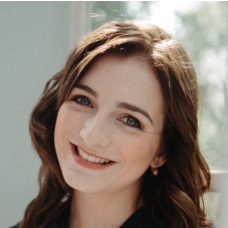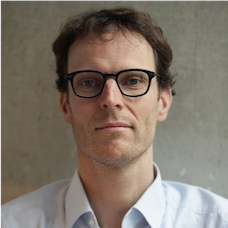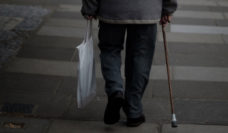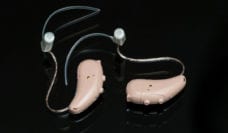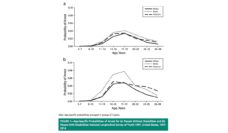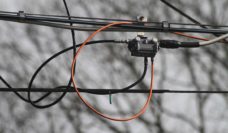Hearing loss, due to its invisible nature, is often underdiagnosed or considered a trivial effect of aging despite abundant evidence showing its far-reaching effects. Associations with depression, dementia, and unemployment are but a few. Hearing loss also carries a substantial price-tag, conservatively calculated at $750 billion annually. A vast number of people globally, estimated at half a billion, have disabling hearing loss, and over a billion young people are at risk for developing hearing loss due to unsafe listening practices.
Regular screening tests for detection and monitoring are a key first step towards prevention or timely management. Typical clinic-based tests by skilled staff, however, are heavily reliant on expensive equipment and are less accessible and convenient to the public.
With widespread use of personal technology, direct-to-consumer hearing tests are already available on Android and iOS smartphone platforms. Caution should be taken, however, since not all smartphone apps have a validated research basis, and they can have variable accuracy. One of the most clinically and research validated consumer tests is al digits-in-noise test that has been used on landline and internet platforms over the past 15 years. The test does not need specialized or calibrated equipment and can evaluate in just three minutes how accurately we perceive speech (spoken digits 0-9) in noise. Test results correspond highly with the gold-standard, tone-based ‘audiogram’ hearing test.
Due to poor landline coverage in low-and-middle income countries, the test was released as a free downloadable smartphone app in South Africa in 2016 (hearZATM). In 2018, an American-English version (hearScreen USATM) was released, followed by the World Health Organization’s hearWHOTM app on World Hearing Day in early March this year.
Hearing loss, due to its invisible nature, is often underdiagnosed or considered a trivial effect of aging despite abundant evidence showing its far-reaching effects.
Our study looked at the characteristics and test performance of people who used the South African test version over an 18-month period to determine indications and considerations for test use. We found that, although people from 5 to 99 years took the test, more than half the users were 40 years or younger. Interestingly, although the app indicates that the test is specifically developed for adults, more than a thousand children between the ages of 5 and 15 years were tested. This suggests that parents may be worried about their children’s hearing and are looking for a way to test them. The test can reliably be conducted in children as young as 4 years old.
Before the test, 37% of users indicated that they already felt like they had a hearing problem. Of those who did not report having a hearing problem, nearly 20% failed the test, which may be the first step towards seeking help. The overall referral rate, with advice to seek professional help, was one in four.
The app provides a modern approach to reach an important target audience of people who think they may have a hearing loss and wish to do something about it. It is also useful for those who have normal results by making them aware of their hearing status and enabling them to track it through the app’s individualized profile.
Healthy hearing behaviors are promoted by encouraging app users to monitor their hearing annually. The app can also make location-based referrals to connect users to their closest audiologist. Work to translate the test to other languages and to customize and validate the test for children is currently underway.
Photo by Icons8 team on Unsplash










